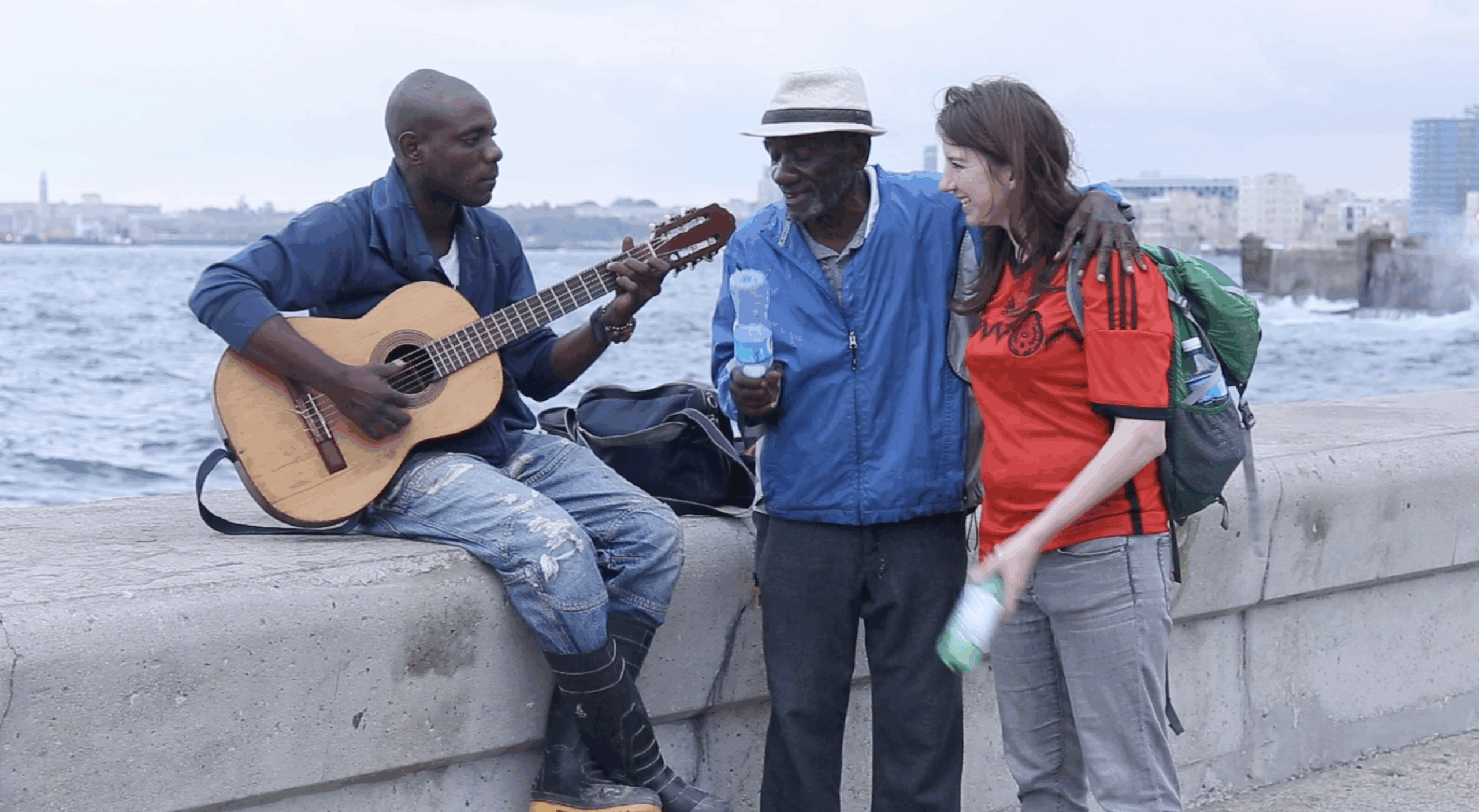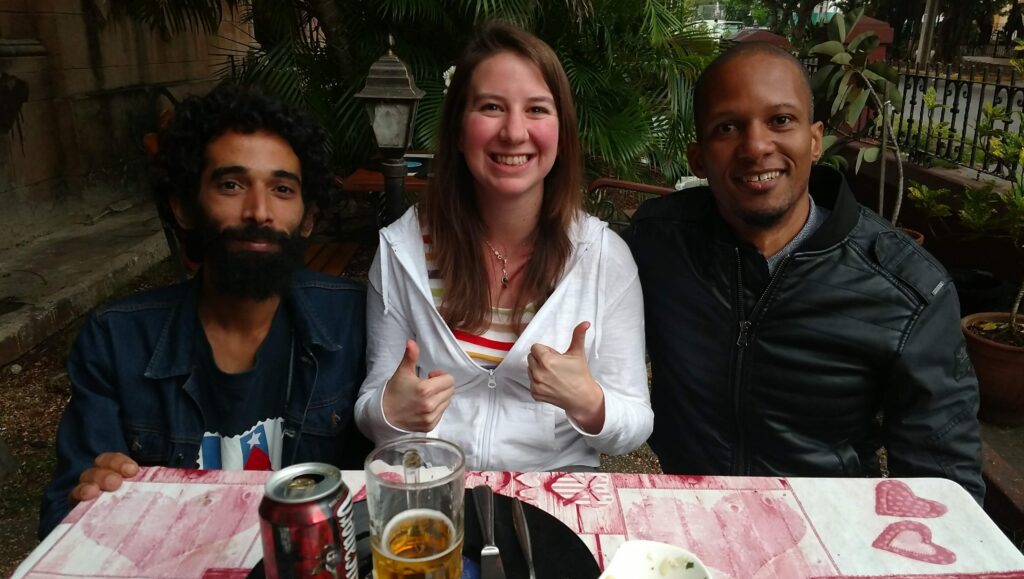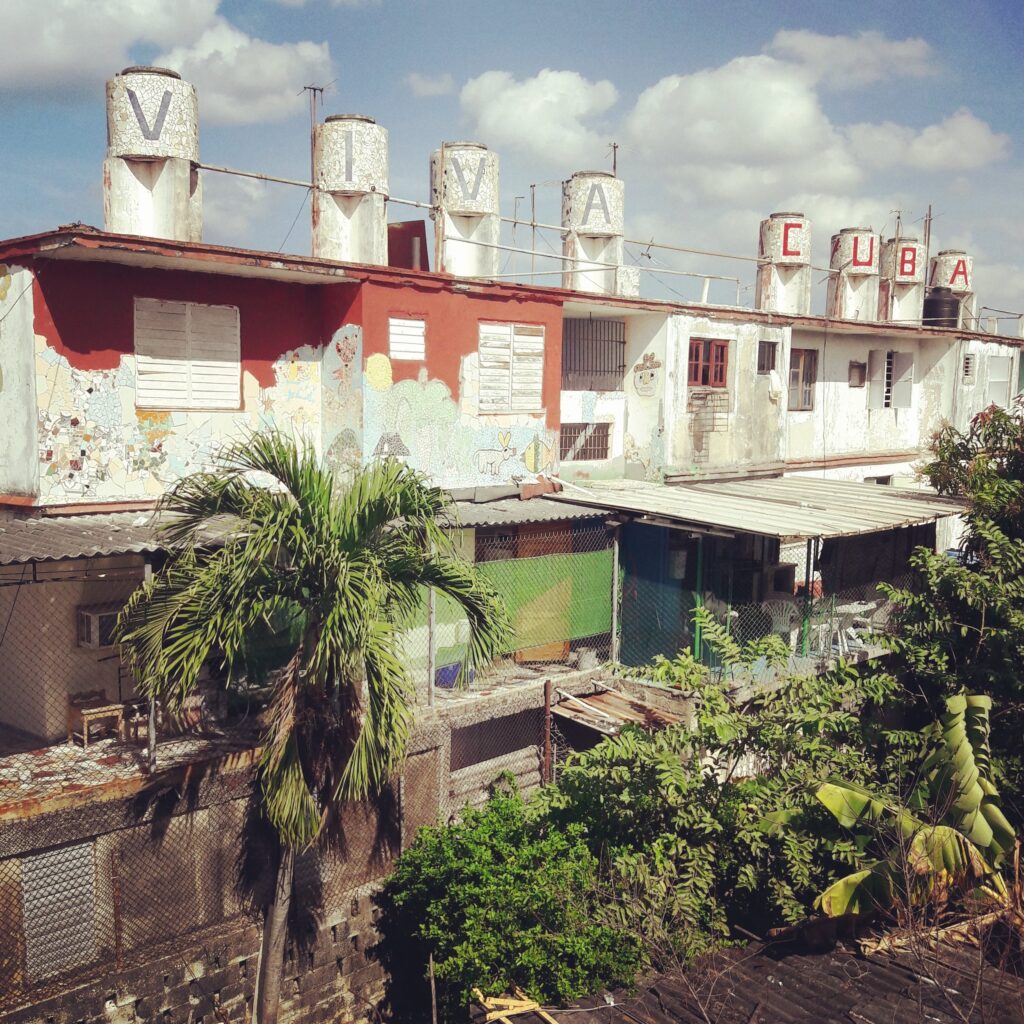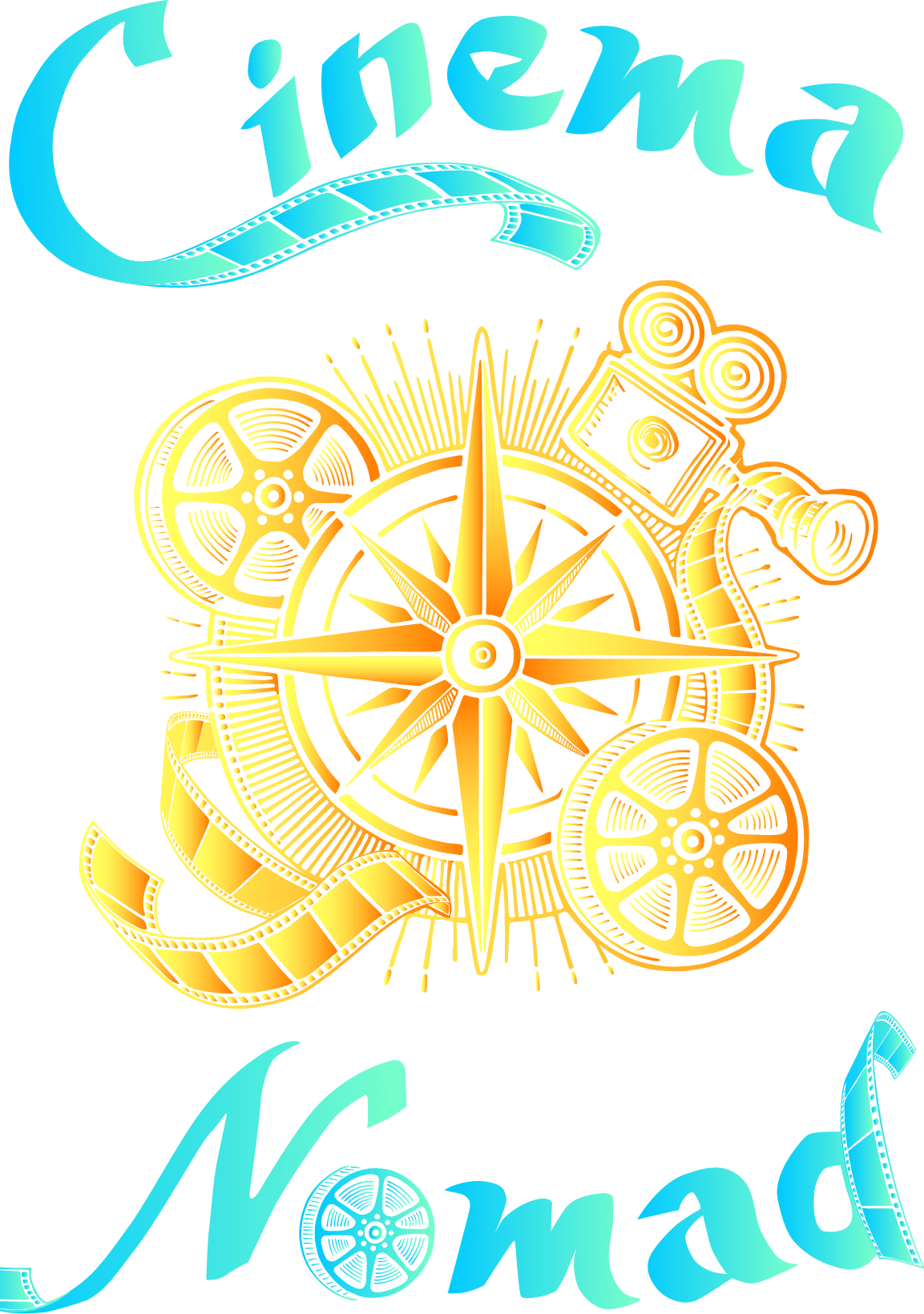
Cuba
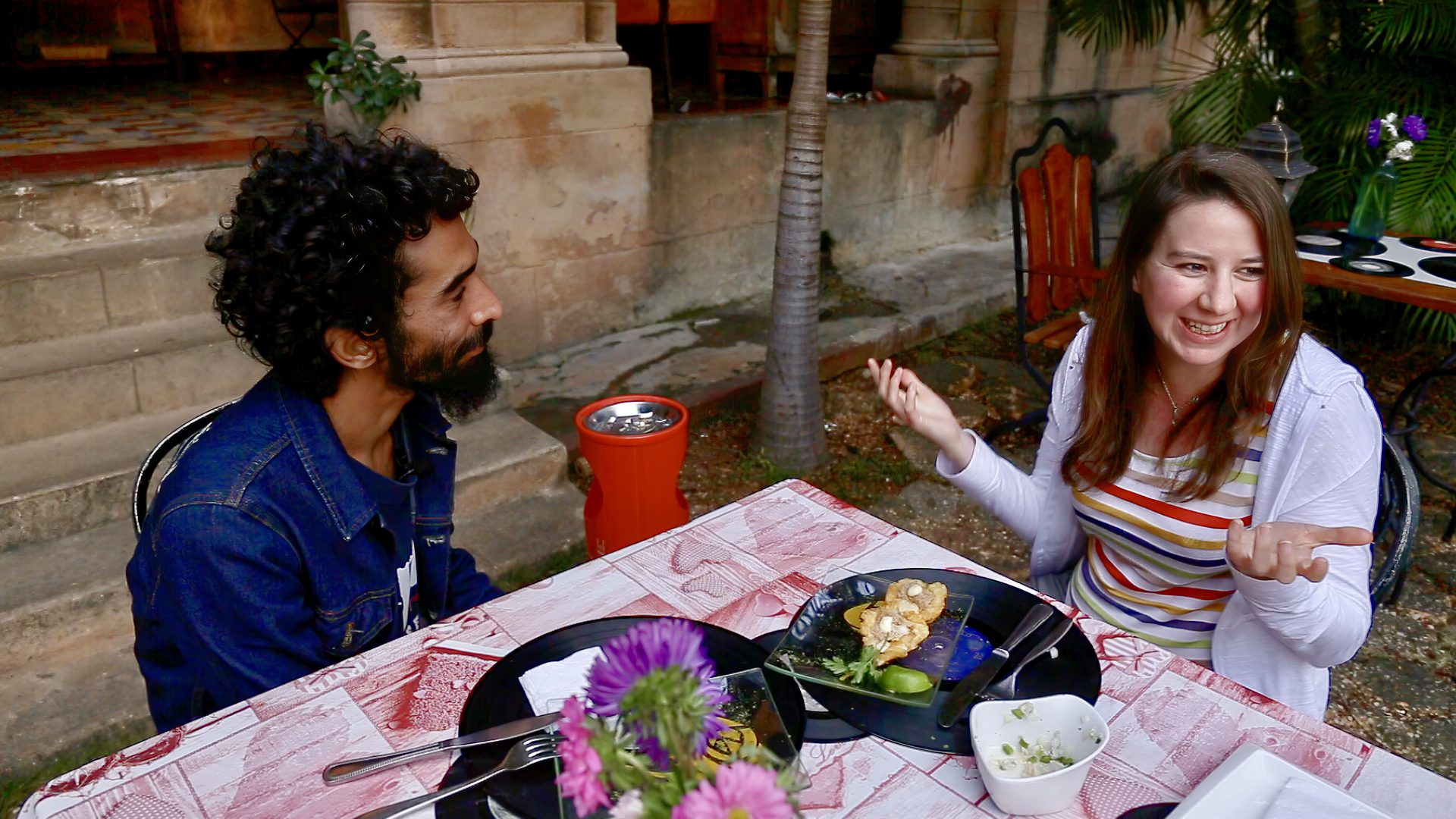

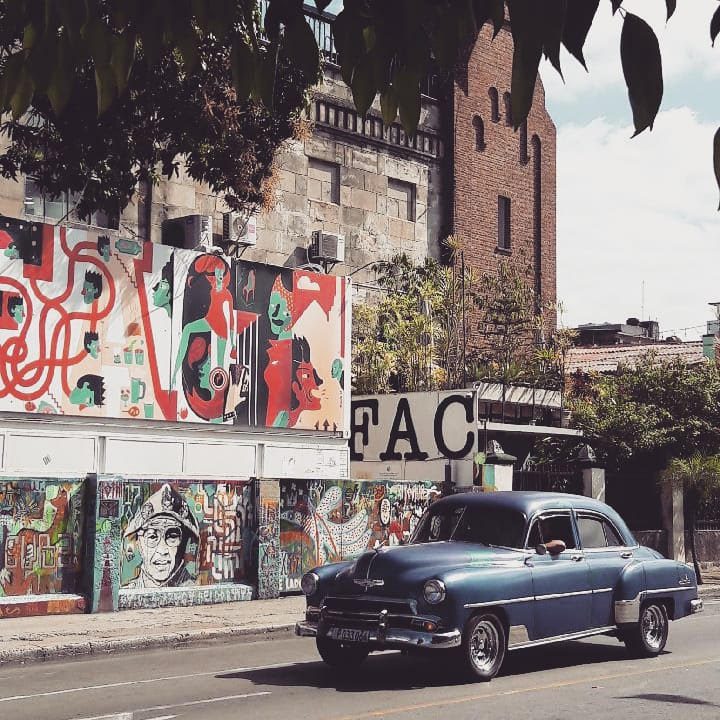
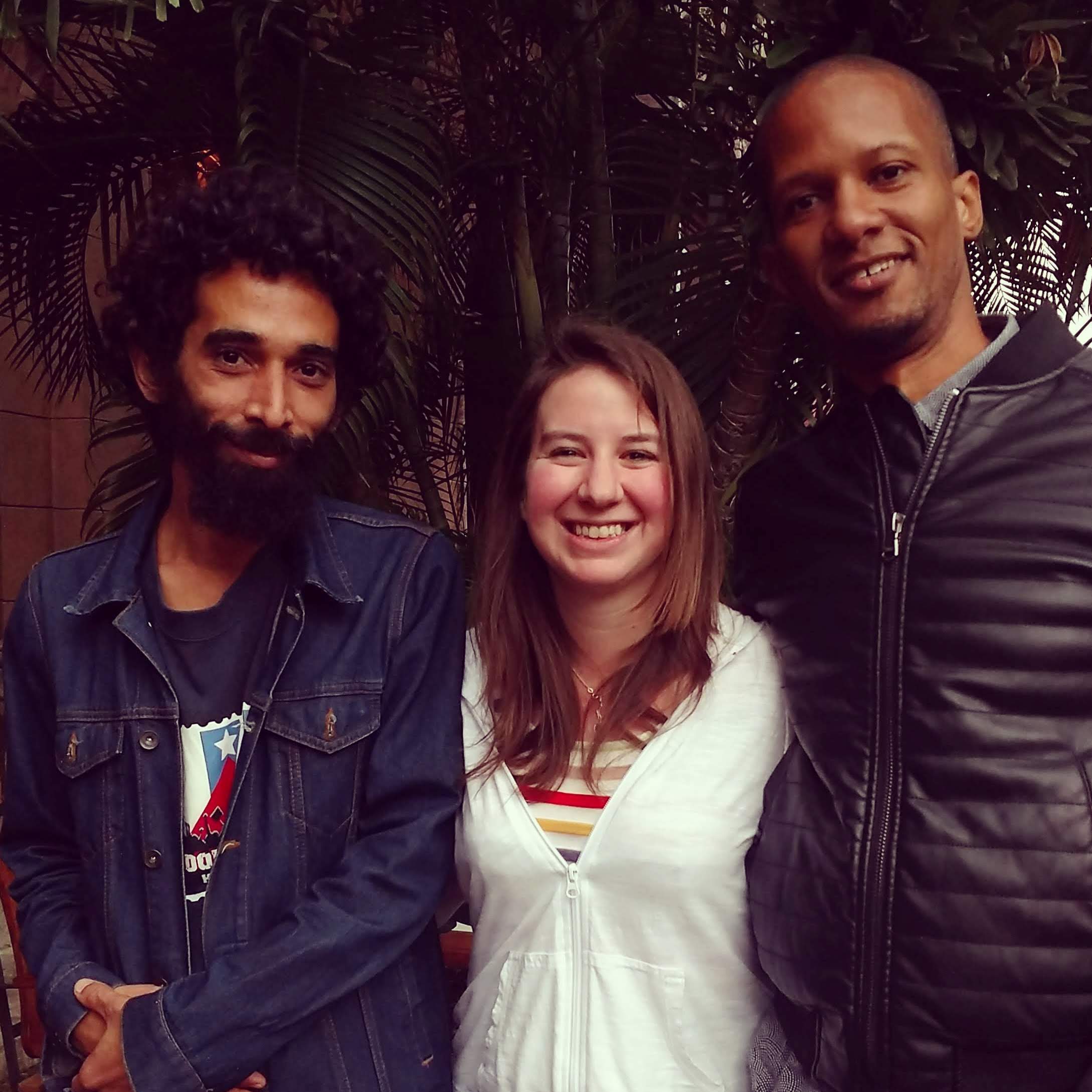
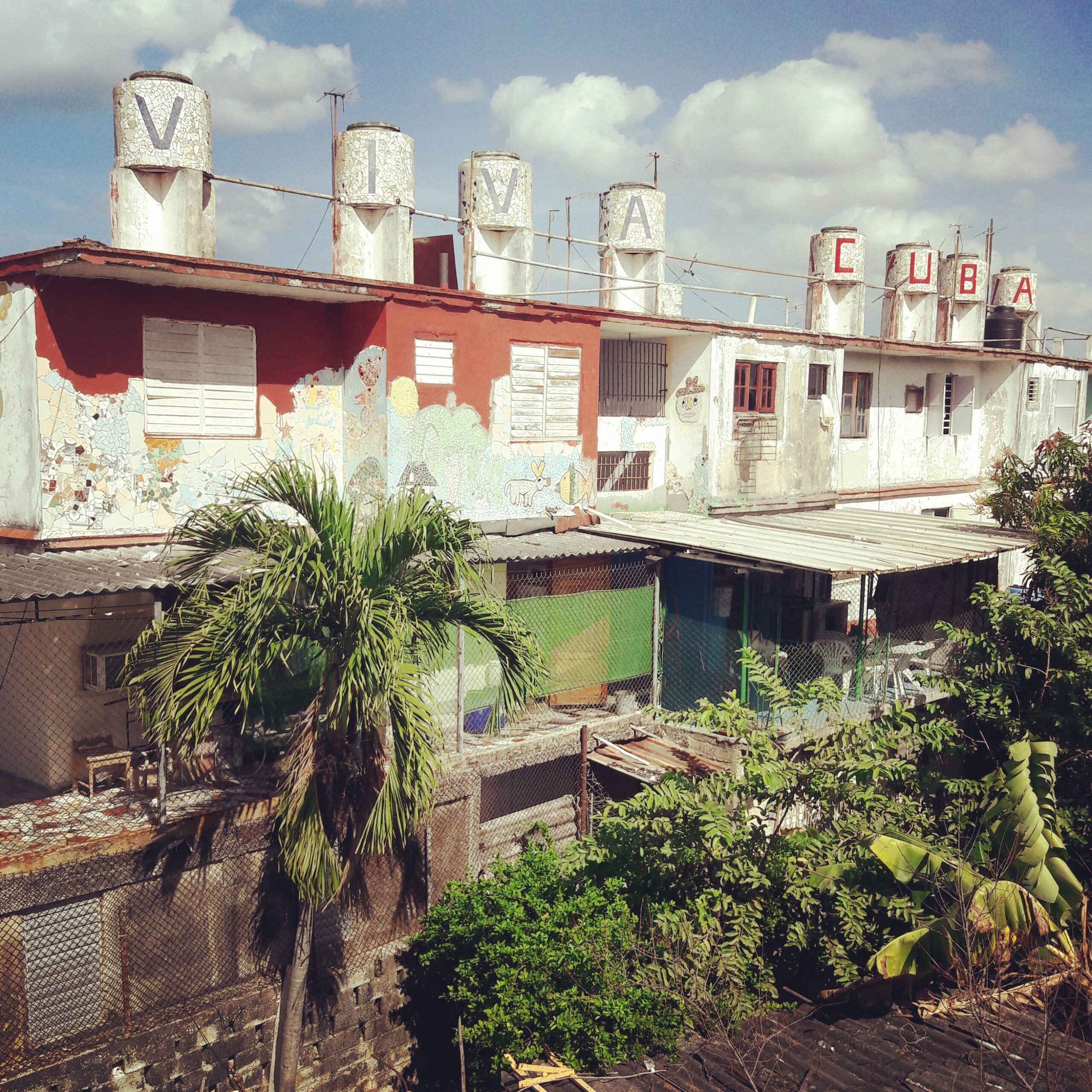
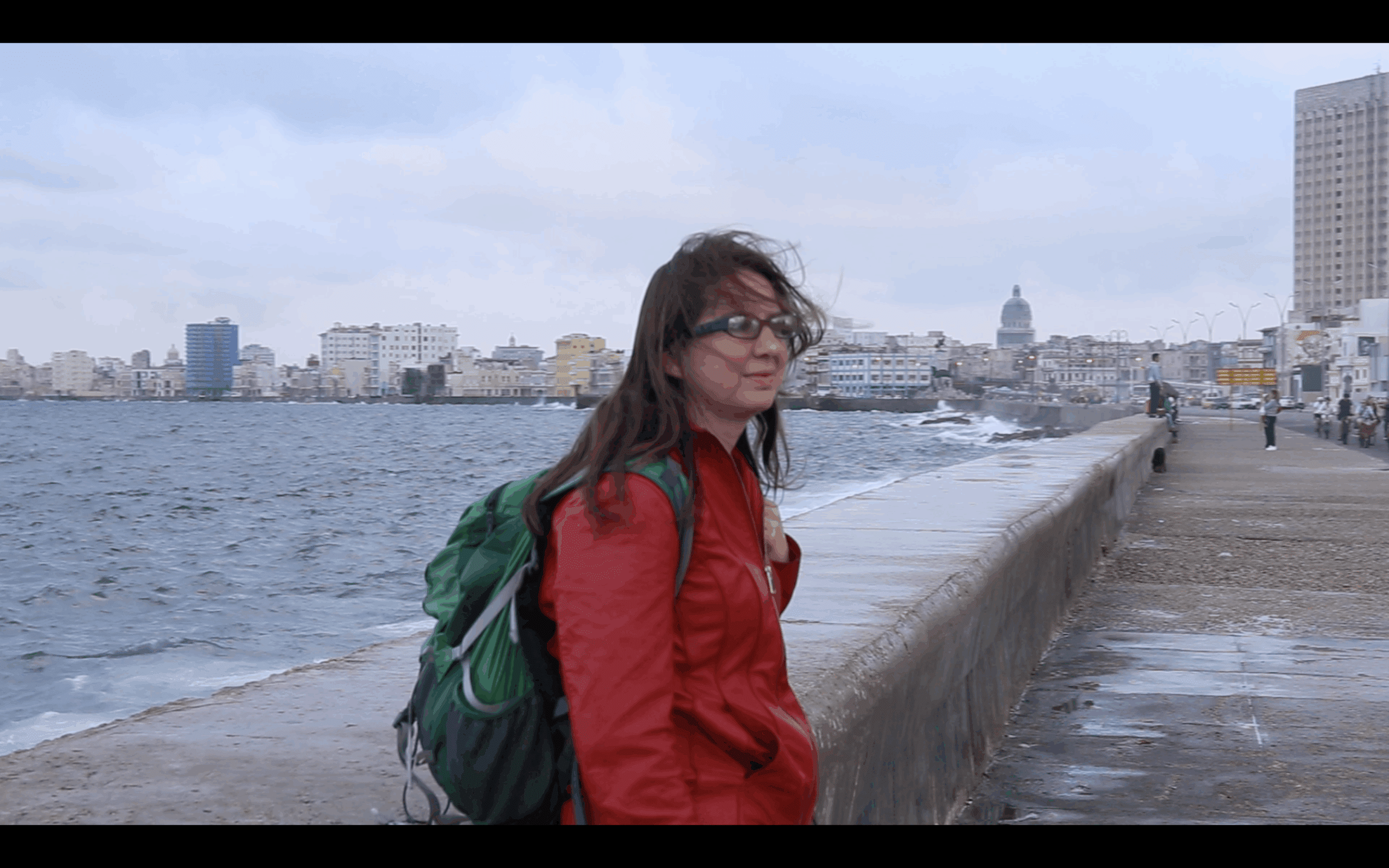
107: Cuba
Daiyan, our filmmaker in Havana, is in an industry over-dominated by government control. He made his first film with $30 in his pocket to later receive full funding from the Norwegian Embassy to make his second film,“adoleCe.” As an independent filmmaker in Cuba, Daiyan is a rebel with a heart: sacrificing all he has to make cinematic art in hopes that the muse continues to inspire.
Where Were You at 33?
Name: Daiyan Noa Brandford
Place: Havana, Cuba
Age at Filming: 36
Personal logline: An independent filmmaker in Cuba, he is a rebel with a heart, sacrificing all he has to make cinematic art in hopes that the muse continues to inspire.
Directed by Daiyan:
“Paisaje” (2016), “adoleCe” (2018) “Los Filósofos” (2025)
Daiyan’s “desert island” films:
“Memories of Underdevelopment” (1968) directed by Tomás Gutiérrez Alea
“Fanny and Alexander” (1982) directed by Ingmar Bergman
“Stalker” (1979) directed by Andrei Tarkovsky
“Cleo from 5 to 7” (1962) directed by Agnès Varda
“The 400 Blows” (1959) directed by François Truffaut
Daiyan’s Vimeo: https://vimeo.com/daiyankiko
Daiyan’s Instagram: @daiyannoa
Daiyan’s Bio:
Daiyan was born and raised in Havana, Cuba, where he is an independent filmmaker navigating an industry over-dominated by government control. Daiyan is a trained sound engineer with the dreams to be a director. He directed his first film, “Paisaje,” with $30 in his pocket to later receive full funding from the Norwegian embassy to make his second film, “adoleCe.” He is finalizing his third movie, “The Philosopher,” a feature documentary based on the life of him and his friends and the neighborhood he resides in.
Cinema of Cuba
When Fidel Castro and his band of guerillitos took control of Cuba on January 1, 1959, one of his very first acts of leadership was to create an institute for filmmaking. Fidel and his fellow revolutionaries truly believed that cinema was one of the most powerful tools of communication to enact his revolution across this now fully independent island-nation.
Fidel and his top advisors believed that although the fighting was over, the revolution was just beginning. This was meant to be a revolution of ideas.
Whatever you feel about Cuba today or how you imagine Fidel’s true motivations might have been in 1959, there’s no denying that some of the philosophies behind the Cuban revolution are worthy; and some of these practices paid off at the beginning. The Cuban rebels fought for better education, more income equality, land distribution and better health care. At 99% literate, Cuba has one of the highest literacy rates in the world.
In March of 1959, just two months after the war was won, Castro initiated the Cuban Institute of Cinematographic Art and Industry, commonly referred to as ICAIC. Cuba is a land of acronyms!
ICAIC is responsible for every aspect of filmmaking and by 1965, all production, distribution and exhibition were run by ICAIC. Nothing gets seen or made without ICAIC’s approval.
The founders of ICAIC felt that film was the most powerful form of artistic expression
and “the most direct and widespread vehicle for education and bringing ideas to the public.” They even launched “cinemovilles,” trucks which visited remote areas of Cuba to screen films to the campesinos (farmers).
The Cuban film industry did very well in the decade following the revolution; the 1960s is considered Cuba’s Golden Age of cinema.
The films produced by ICAIC’s main purpose was to continue the revolutionary process; to produce films that add a perspective to the lives of ordinary people as to how they fit into the revolution and what it means to them; how to be a better citizen for this new Cuba.
The early filmmakers of Cuba found their aesthetic influences through the French New Wave and Italian NeoRealist movements, both popular throughout the world at the time. They were also heavily influenced by Socialist Realism.
The 1960s was a decade of experimentation for Cuban filmmakers, and in addition to forging their own legacy and ideals for the future, they were creating their own aesthetics from scratch, to form a distinctly “Cuban” cinema, with the ultimate goal of furthering the revolutionary ideals while making films that were the antithesis of Hollywood’s cinema style. They wanted to show a gritty reality rather than an over glamorized fantasy, however both worlds were mythologizing what it means to be Cuba.
The most striking thing to me about Cuban cinema of that era, a legacy which seems to live on in Cuba today, is the blending of documentary and fiction into one film. The post-revolution Cuban filmmakers were deliberately blurring the lines between reality and fiction in order to write a new history of Cuba as seen through cinema.
One example of this is Sarah Gomez’s film, One Way or Another, released in 1977, which is a fiction narrative film, largely based on real characters and situations, which uses documentary footage as a backdrop. She died in 1974, before the film was finished. (The film was in the editing room. Tomás Gutiérrez Alea finished it on her behalf.)
Sara Gómez , born in 1952 in Havana, was a teenager during the Cuban revolution. She studied classical piano, later journalism. She was expected to grow up and become a teacher, instead, she became a “radical filmmaker.” Almost all her films were made while she was in her twenties. She assisted on a film that Agnes Varda made in Cuba in the early sixties. Sarah Gómez was the first woman and first Afro-Cuban film director at ICAIC.
B. Ruby Rich from “Spotlight on Sara Gómez” on the Criterion Collection says, “When she starts making these films, this is the early revolutionary period. And for awhile, Cuba becomes a kind of hotspot for hope, for optimism, for Latin Americans, and for global fellow travelers, who want to see what this is really like, who are beguiled by the promise of a revolution.”
In the late 1960s and 1970s, things started to change. For instance, “free speech” starts to “tighten.”
The boundaries are less clear and this is when Sara Gómez started to work, yet she still managed to bring people’s “voices to the forefront.” Films were still trying to instruct people how to behave.
Nowadays, one of the best-known and prime examples of Cuban cinema during their post-revolution “Golden Age” is Tomás Gutiérrez Alea’s 1968 film, “Memories of Underdevelopment,” based on Edmundo Desnoes ’s book by the same name.
“Memories of Underdevelopment” is set in 1961 Havana, and the film’s opening titles note, “Many people fled the country” as we see the main character, Sergio, at the airport saying goodbye to his parents and his soon-to-be ex-wife as they depart for Miami. Sergio stays behind to await the unknown.
“Memories of Underdevelopment” very specifically takes place between the failed Bay of Pigs invasion in 1961, when the U.S. government sent Cuban exiles to try to take down Castro’s new regime; and the 1962 Cuban missiles crisis in October 1962, a 13-day showdown between the U.S. and the U.S.S.R. initiated by the nuclear missiles the Soviets deployed in Cuba. The film ends with real documentary footage of Cuban troops and tankers lined up on the streets in preparation of potential war.
I absolutely love this film. Part of what I love about “Memorias” are the aspects of it that make people question whether it’s a pro-revolutionary film, or a critique of the post-revolutionary government. The fact that there is not an easy answer to this question is what makes it as complicated as talking about Cuba itself without causing controversy.
I love the existential questioning the character does through his voice over narration. I love that we’re seeing Cuba entirely through his (sometimes misguided) point of view.
Some viewers automatically read this film as an anti-revolutionary film, because the main character is constantly questioning the merits of his new society. Coming from a privileged, Bourgeois background where he has most likely benefited from the ousted Batista government, all of his family and most of his friends have fled the country for the U.S. or Europe. Sergio, our protagonist, stays but constantly complains about the faults of his “underdeveloped” country. He uses the word underdeveloped to describe Cuba frequently throughout the entire piece. He mocks Cuban women, he laments that his society’s cultures and values are different than his own aesthetic and intellectual preferences, he makes fun of tourists who go gaga over Hemingway’s old estate and take photos of sexy Cuban senoritas.
And yet, despite all of his questioning of whether or not he will fit into a post-revolutionary world, and the sometimes negative attitudes this character places on Cuba, this film, as is true with all films from this era, was completely sanctioned and overseen by the revolutionary government institute which produced all films at the time. So how did it pass the censors?
In interviews, the director has maintained that this film is a fully revolutionary film. Alea says, “I stand by the claim that Memories of Underdevelopment is militant cinema within the context of the Revolution.” He hoped the film sparked questions in the viewer, “to question themselves and the world they live in.”
Even though I quite like the main character, Sergio and how he questions everyone around him; he is not meant to be a likable character; he is meant to represent the anti-revolutionary and force the Cuban audience into asking, “am I holding up to the standards of a revolutionary? Am I putting my society ahead of my individual desires?”
What’s unique about “Memorias” is the visual and editing style that Alea incorporates into the film. He often spontaneously shot street scenes in Cuba; real life scenes while following the actor through the streets of Havana. The Cuban tradition of fiction and hybrid filmmaking is strongest in “Memorias” as in any other Cuban film I know. He creates a sense of alienation; a metaphor for the island of Cuba itself, alienated as a country on the world scene.
Ironically, if you think about it, there is a great sequence in this film, where Sergio’s love interest, Elena, visits ICAIC (the Cuban government’s institute for cinema) to meet a director and take an acting audition. Sergio accompanies Elena as he is friends with the ICAIC director, who is Tomás Gutiérrez Alea, the director of “Memorias” playing himself as in real life.
The group is sitting in ICAIC’s screening room, while Alea is reviewing a montage of footage; all sexy scenes. He explains that this set of footage is all the footage that Batista’s government had censored out of films “because they were considered immoral.” Alea is collecting it to use as a montage in one of his films.
Sergio’s character asks the real-life Alea, “What will you do with that [footage]?”
Alea responds, “I want it for a film.”
A few lines later, Sergio says, “But it must have a meaning.”
“It will, you’ll see,” Alea responds.
“Will they approve it?” Sergio asks (meaning, the new post-revolutionary censors).
With a big smile, Alea says, “yes.”
And of course they approved it, as we are watching this montage of sex scenes in this very film!
It’s a smug way for the revolutionaries to say, “look, we’re better than Batista, we’re more hip, we don’t have these immorality issues.” And yet, the glaring irony is, this film still had to go through censors to be approved to play in front of a Cuban audience!
And in later years, the post-revolutionary censors got stricter and stricter to the point where many filmmakers had to flee the country in the 1970s and 1980s to escape persecution or seek creative freedoms.
Some Websites that discuss Cuban Cinema:
https://researchguides.dartmouth.edu/nationalcinemas/cuba
https://walkerart.org/magazine/revolutionary-tradition-in-cuban-cinema/
https://www.atlasobscura.com/articles/history-of-cuban-cinemas
https://www.filmcomment.com/blog/post-revolutionary-cuban-cinema/
https://revista.drclas.harvard.edu/cuban-film/
https://hyperallergic.com/192218/cubas-cinematic-revolution/
https://aurorasginjoint.com/2019/09/22/cuba-in-the-movies/
https://screencuba.uk/2023/10/23/a-short-history-of-cuban-cinema/
https://cubabusinessreport.com/the-cuban-film-industry-havanas-hollywood/
Suggested Films From Cuba
“La Vivienda” (1959) directed by Julio García Espinosa
“Soy Cuba” (1964) directed by Mikhail Kalatozov
“Memories of Underdevelopment” (1968) directed by Tomás Gutiérrez Alea
“Lucia” (1968) directed by Humberto Solás
“La Primera Carga al Machete” (1969) directed by Manuel Octavio Gómez
“De Cierta Manera” (1975) directed by Sara Gómez
“Fresa y Chocolate” (1993) directed by Juan Carlos Tabío and Tomás Gutiérrez Alea
“Alice in Wondertown” (1991) directed by Daniel Díaz Torres
“Guantanamera” (1995) directed by Juan Carlos Tabío and Tomás Gutiérrez Alea
Cinema Landmarks To Visit:
Centro Cultural Cinematográfico Fresa y Chocolate
Cine Chaplin, Cine Riviera and Cine Yara
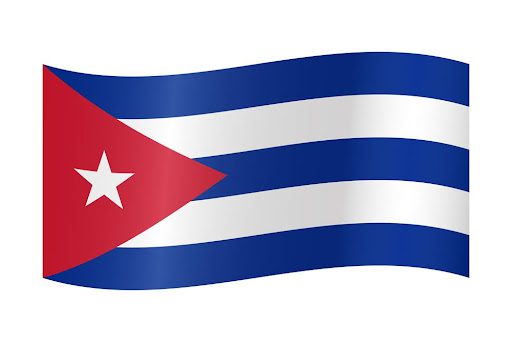
Official Name: Republic of Cuba
Population: 11 million
Capital City: Havana
Form of Government: Socialist Republic
Official Language: Spanish
Currency: Cuban Peso (CUP)
Borders: Cuba is an island between the Caribbean Sea and the North Atlantic Ocean, approximately 90 miles south of Key West, Florida
About Cuba
Shortly after coming to power, Fidel Castro aligned himself with the Soviet Union, who for the next thirty years provided Cuba with all the resources to survive: fuel, weapons, monetary aid, international legitimacy, et cetera.
At the collapse of the USSR in 1989, Cuba was left stranded, and broke. 70% of Cuba’s income resulted from trade with the USSR. People were already losing faith in the Cuban Revolution and the 1990’s was Cuba’s roughest time, economically and socially.
In 1990, Castro declared this the “Special Period in Time of Peace” and Cuba’s next decade is defined by this cruel irony. Food was rationed, and there were shortages of fuel and other basic goods.
When speaking about Cuba, it is important to know that the Cuban people have been fighting for independence and resisting Colonial powers since its very early days. Civilization can be traced back to 4,000 BCE and until the 1500s there was a significant indigenous population. (Numbers vary but it’s probable that there was a population of at least 150,000 indigenous peoples prior to the arrival of the Europeans.)
By 1550, after the Spanish claimed the island, only 3,000 indigenous people remained (the rest had died off due to forced labor, disease and suicide) and today, only a few families remain in Cuba that can trace their origin back to the original Taino people.
But much of Cuba’s history, throughout its history, has been mythologized (equally by the Cuban government, the Cuban people, various leaders, and by the U.S. and other foreign powers).
For instance, Hatuey, a Taino chief who was murdered by Spanish conquistadors, became perhaps the first symbol of Cuban resistance, and since then, figures such as José Martí, and later, Che Guevarra (though Argentinian) and Fidel Castro took on the roles of mythology to resistance.
Cuba fought two wars of independence before the infamous revolution: the first war of independence (in Cuba known as the Ten Years Wars) was fought from 1868-1878 to liberate themselves from Spanish rule (who had ruled over Cuba for 400 years and brought immense slavery to the island. The enslaved Africans in Cuba, outnumbered the Spanish white elites and it is because of this history that we now have Afro-Cuban culture, which about 60% of modern day Cubans can trace their ancestry to.)
This first war of independence is what director Manuel Octavio Gómez was reenacting in his 1969 film, “The First Charge of the Machete.”
Cuba brutally lost the First War of Independence and in 1895, a new group of rebels fought the Second War of Independence (1895 to 1902), which in the United States we know as the “Spanish-American War.” If you think about it, this is tragic, because that name leaves out Cuba altogether (when in fact, the Americans didn’t enter the war until the very end, to protect their business interests on the island). The Spanish-American war is what led to the popularity of Teddy Roosevelt and his “rough-riders.”
The Second War of Independence led to the rise of the biggest myth of modern Cuba to date: the martyr, José Martí, who is still a legendary figure in Cuba today. Martí is known as a poet, patriot, visionary and intellectual who is now considered “the spiritual leader of the revolution.” His statues are everywhere in Cuba, in fact, there are over 1,000 José Martí statues across the island. Martí is a symbol of Cuban resistance, as he stood up for equality and felt that unless his country could consider all citizens as equal, then it wasn’t a country that would ever fully earn its independence.
As a sixteen-year-old boy, Martí fought in the First War of Independence. He was arrested and exiled and spent the next 20 years educating himself and fomenting revolution. In 1892, he recruited two of the former leaders of the first war and they formed the Cuban Revolutionary Party and launched the Second War of Independence. But Martí was more poet than fighter and he was terribly untalented as a soldier. He knew this, and essentially sacrificed himself to become Cuba’s revolutionary martyr. At the battle of Dos Rios on May 19, 1895, Jose Martí wore a black suit and rode a white horse and charged suicidally toward the Spanish lines. He died, of course, but instantly became a hero to the revolution. Sixty-three years later, Fidel would evoke Martí’s name to encourage revolutionary fervor throughout Cuba.
The war continued on for years and the poorly trained Cuban rebels were losing miserably. Until the United States intervened in 1898, after their naval ship, the U.S. Maine mysteriously blew up. (The actual cause of the explosion remains unknown but historians argue over its roots: some say it was a mechanical accident, some say the U.S. intentionally blew themselves up to give themselves a legitimate reason to invade Cuba, others say Cuban rebels did this for the same reason…) At the time, the U.S. blamed Spain. Incidentally, Thomas Edison’s company filmed the wreckage from the U.S. Maine, which remains some of the first documentary film footage ever recorded.
You see, previously, the United States tried to buy Cuba from Spain, but Spain absolutely turned them down. Cuba was Spain’s last remaining colonial conquest, and after losing Cuba, Spain might have become a mediocre, economically unstable country with little respect on a global scale. Spain knew they were losing their foothold on the world and controlling Cuba was their last hope.
The United States wanted Cuba because of (among other reasons) the strategic location to the Panama Canal. Cuba’s cays were perfect for housing navy ships, and the United States wanted to have easy access to Panama and the rest of Central America to protect their business interests in the region (namely, the United Fruit Company). The Panama Canal had been recently built in 1881.
Suffice it to say, when the U.S. joined forces with the Cuban rebels in 1898, victory for the Cubans was swift, and Cuba, after 400 years of tyranny, finally gained their Independence.
Or did they? With the U.S., Cuban “independence” had strings attached, and many Cubans came to feel that they weren’t any freer; that one colonial power was swapped for another.
After the war, there was a peace treaty signed for Cuba in Paris, but no representatives from Cuba were invited. The U.S. wrote into the Cuban constitution the Platt Amendment (ratified by the U.S. Congress), which has a clause allowing the United States the right to militarily intervene in Cuba whenever it sees fit. Additionally, it gave the United States a permanent naval base in Cuba, which you may know as Guantanamo Bay.
By 1933, there was a military coup led by General Batista, which led to a series of new leaders, all overseen by Batista, including the brutal dictator Machado. What is maybe less remembered about Batista today is that in the early years of his rule, Batista implemented a lot of democratic reforms before becoming completely corrupt. The corruption coincided with deals Batista made with the U.S. Mafia, bringing in mafia-run casinos and hotels to Cuba. Batista made so much money off of this that by the time he fled Cuba in 1959, he left on a plane with 300 million dollars.
In 1952, Batista, backed by the U.S., was set to run for president, but once it became obvious that he would not win the popular vote, Batista led another coup and cancelled the elections, taking power for himself.
Enter Fidel. Fidel Castro led a failed attack on the Moncada Barracks in attempts at rebellion to Batista’s forced rule, but failed miserably, was jailed and put on trial. Fidel, a trained lawyer, represented himself in the trial and won the hearts of the Cuban people with a speech he gave, “History Will Absolve Me,” which later became his Manifesto.
For some reason, in an attempt to show that he was “a man of the people,” I’m not really sure why, Batista a few years later, decided to release all political prisoners, including Castro, who then fled to Mexico to properly prepare the revolution.
The Cuban Revolution (much like the rest of Cuba’s history) plays out like an unbelievable movie-script, and to that note, I recommend watching Steven Soderbough’s interpretation in his movie, “Che.”
Despite all odds, Fidel’s revolutionary guerrilla warfare, known as the 26 of July Movement (named in honor of his first failed attack on the Moncada barracks) defeated Batista and took over the country, declaring victory on January 1, 1959. Incidentally, Fidel was 33-years-old.
Fidel’s army won even though they were severely outnumbered (across the country he probably did not have more than 1,000 foot soldiers while Batista’s army consisted of 30,000 trained men). The difference was, Fidel’s army was fighting on ideological terms and Batista’s poorly paid army was fighting for wages.
Even more so, Fidel was an early master of using media to create a story. Fidel earned international fame early on for how he worked the press during the years he was hiding in the Sierra Maestra mountains during the revolution. He won the hearts and minds of Cubans and other international folks through the images and radio messages he put out there, even in the early days, when he only had eighty people enlisted.
Three Things To Do in Havana, Cuba
- Visit Fabrica de Arte Cubano
- Visit Fusterlandia
Stroll the Malecón
Stephanie’s Top 3 Travel Tips to Visit Cuba
- Travel outside of Havana into other parts of the country
- Absorb yourself in the creative arts of Cuba: music, fine arts, dance, cinema and more
- Stay in a casa particular, rather than a hotel, to spend more time with local Cubans
Useful Links:
- Mr History’s A Super Quick History Of Cuba
- Lonely Planet
- Britannica
- National Geographic Kids
- Atlas Obscura
- Rustic Pathways Fun Facts About Cuba
- CIA World Factbook
- 20 Things To Know Before Traveling to Cuba (Lonely Planet)
- Borders of Adventures Travel Tips
- Home To Havana Guide
- Travel With Anita Dos and Don’ts
- Travel With Lady Chin
- Responsible Travel Cuba Policy Timeline


